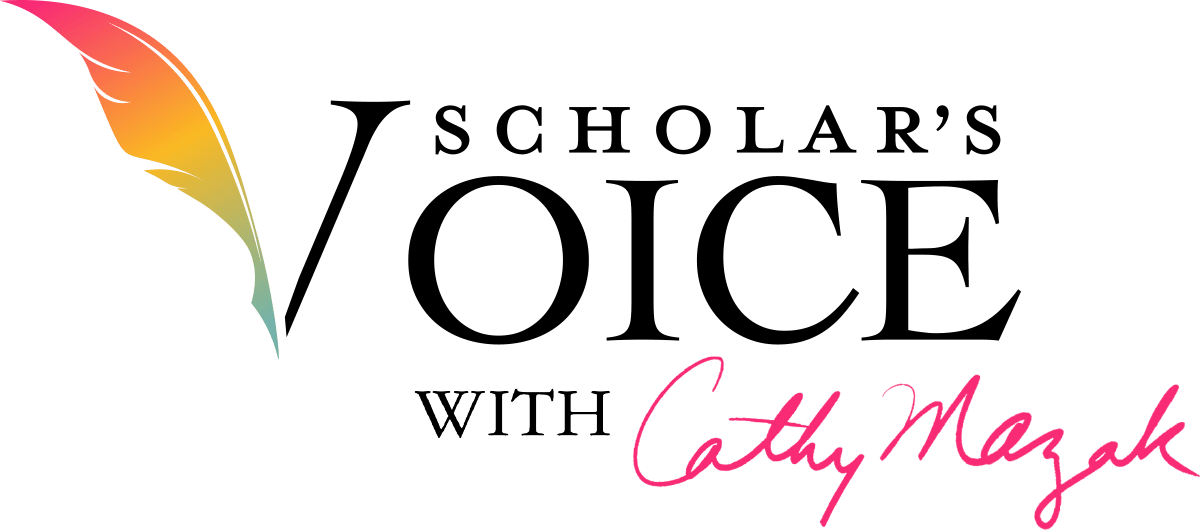Setting goals for your writing sessions can be overwhelming. How big should the goal be? How do you quantify it? What should you do if you keep overestimating the amount of writing you can do? What if you consistently fail to hit your goal?
The problem is that we never really talk about how to set goals for out writing sessions. In this post, I’ll give you details about three different types of writing session goals so that you can decide which one is right for you.
Goal Type 1: Word-Count Goals
This is a popular way that some academic coaches teach you to set writing goals. The idea is to get a certain number of words on the page every day, and then to edit severely. Often, the magic number is 500 words a day, rain or shine.
Pros: We often over-think our writing. Setting a words count goal gives you permission to just get some words on the page, since the goal tells us nothing about quality–simply quantity. The idea is that writing a certain number of words every day makes us let go and write. It makes writing a habit, making it easier to do each time (in theory). Also, this type of goal is quantifiable, so it’s easy to say whether we’ve hit it or missed the mark.
Cons: Pushing to meet a certain number of words can make writing feel forced. This sets us up for a writing practice that feels yucky. If we are attempting to write every day, then when life inevitably happens and we have to break the chain, it can feel like failure.
Also, depending on your field, writing words may not be the best way to move your article forward. Creating tables, graphs, or diagrams, and then arranging them in “story” order is often the most imperative part of writing. Word count goals don’t help out in this situation.
Goal Type 2: Time-Based Goals
Another way to set writing goals is by time. This can be done by simply measuring hours (or minutes), or by dividing time into “pomodoros” of 25 minutes. I remember taking a workshop in grad school that taught us to work for 45 minutes, then take a break. Each 45+15 was a “unit,” and we were to plan a certain number of units per day.
Pros: However you decide to count it, setting a goal based on time dedicated to writing can avoid some of the “cons” in word-count goals. By counting creating graphs, reading for the literature review, and editing as “writing,” we can more realistically move academic writing projects forward. We reward (or “count”) all of the complex aspects of writing, and this sets us up to feel better about our accomplishments (all of them–not just words on the page). This is important for creating positive feedback between you and your writing.
Cons: If you sit down to write/do writing-related stuff for a certain amount of time each day, you might run into the problem of spinning your wheels. You block an hour of time to write, you sit down to do it, and you don’t know where to start. If you have a good task list, though, you can minimize wheel-spinning and take full advantage of your writing time.
Goal Type 3: Task-Based Goals
Task-based goals can be the most effective type of writing goals, but they are also the most difficult to master. Task-based goals are set by breaking your writing project down into its many component tasks. You create a master list of these tasks, and this is the list you draw on to set your writing goals and get down to work.
Pros: Ticking items off the task list is truly moving your writing forward (counting words or wheel-spinning during your writing hour may not be).
Cons: Breaking projects into tasks and making sure these tasks are the right size for the amount of time you allot to them are skills that need to be built. The good news is, you’re not alone! In The Academic Women’s Writing Collective, we work together to improve our skill of breaking projects into tasks through workshops (like my September 2018 workshop on Setting Writing Goals). All the workshops are recorded and available in the workshop library as soon as you join! Then work on those tasks together in weekly co-writing sessions. Want to really move the needle on your writing, you have to join The Collective!
Want to learn more about setting writing goals?
Download this PDF handout to learn about setting weekly, semester-ly, and yearly writing goals, too.
[convertkit form=5258213]






